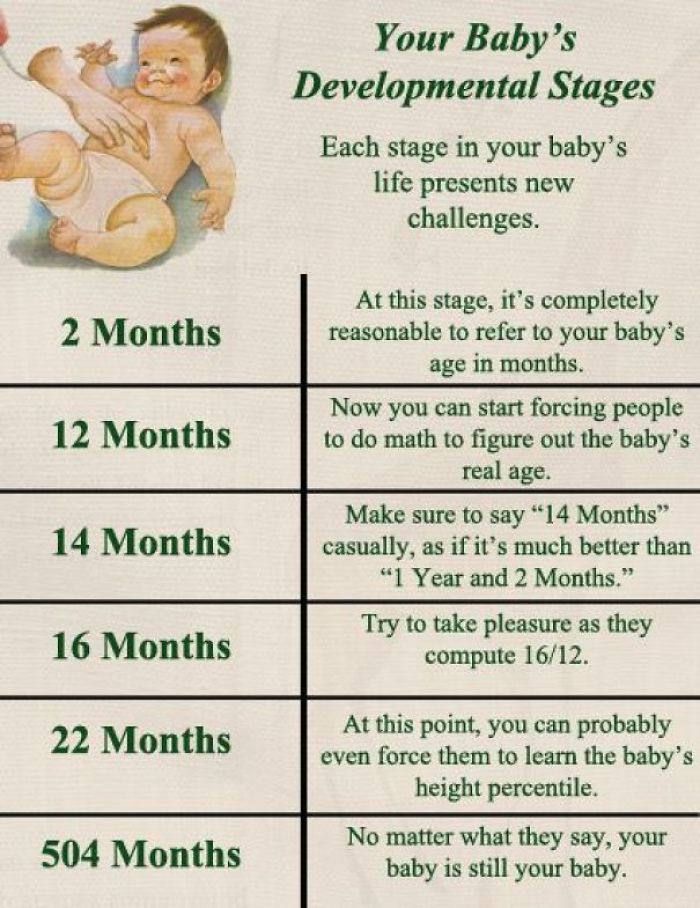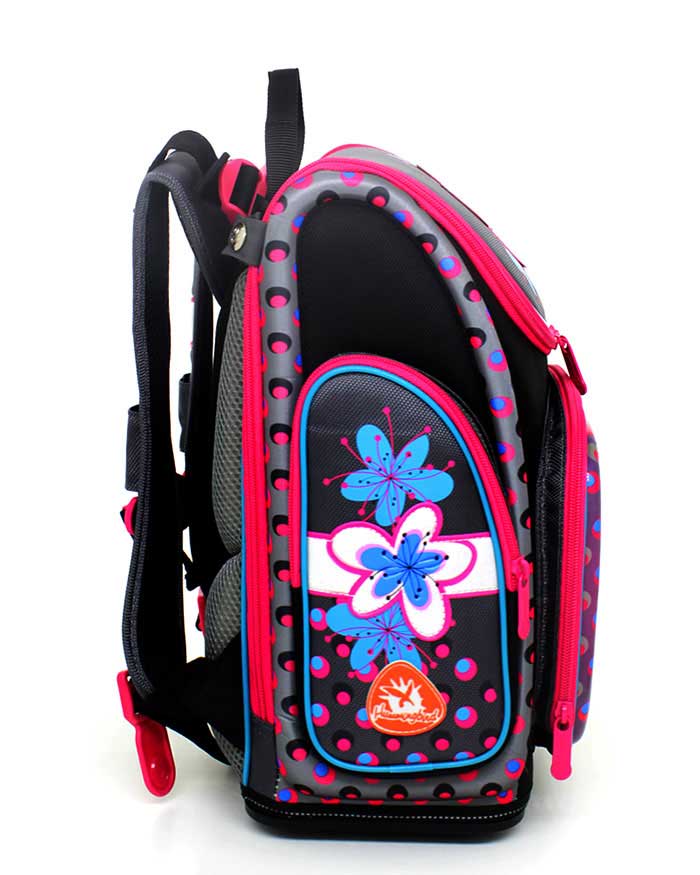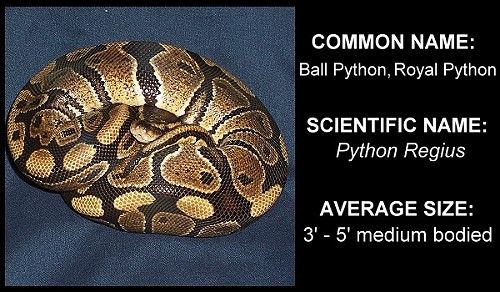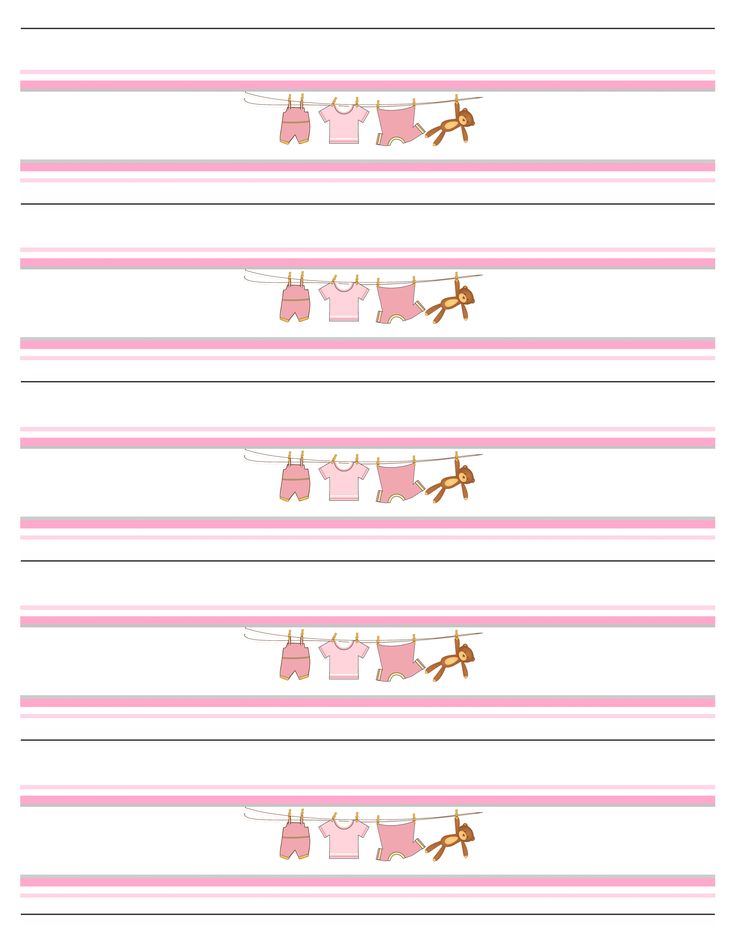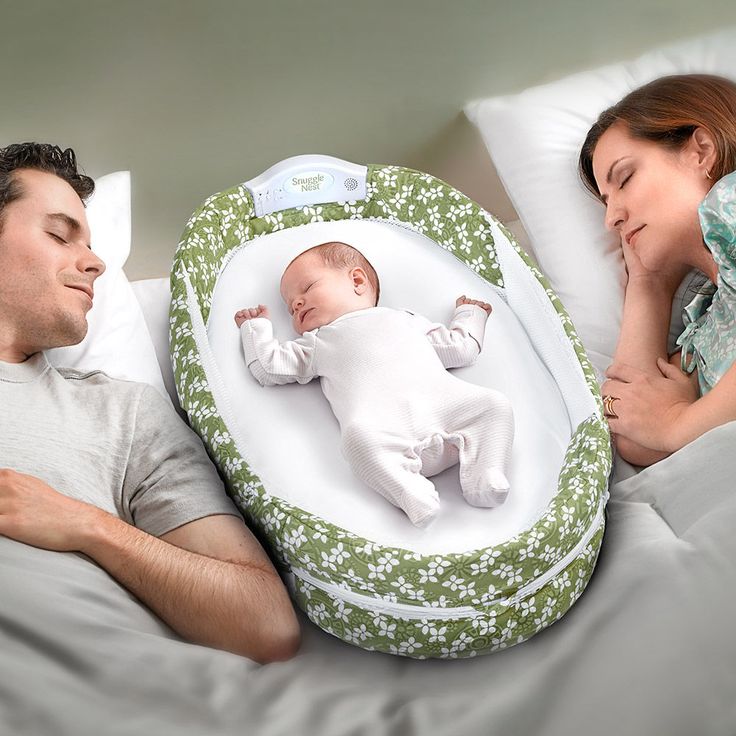Baby food development stages
The 3 baby food stages: What foods and when
Making the leap from breast milk or formula to solids and then eventually to table food is an exciting time. But it’s also a little confusing because there isn’t a one-size-fits-all rule when it comes to baby food stages. While one child may happily take to pureed carrots at 6 months, another may purse their lips at anything but a breast or bottle until 8 months.
To simplify the whole process, here’s a general rule of thumb to keep in mind: Most foods are OK to give to babies in the first year, as long as they’re properly prepared. And if you’re concerned about food storage, read more from our experts on how long baby food lasts.
Here’s the quick lowdown on what to feed baby and when:
- Stage 1: Purees (4 to 6 months).
- Stage 2: Thicker consistency (6 to 9 months).
- Stage 3: Soft, chewable chunks (10 to 12 months).
“With the exception of raw or cooked honey, which shouldn’t be consumed until 12 months because of the risk of infantile botulism, babies can have any food that is texturally appropriate for their developmental feeding stage,” says Dr. Kristen Treegoob, a pediatrician at Children’s Hospital of Philadelphia.
In other words, it’s perfectly fine to give both a 6- and 12-month-old peas, but for the 6-month-old, they need to be pureed.
In the past, parents have been advised to start their baby with single-grain cereals, such as rice cereal, but the American Academy of Pediatrics (AAP) now says there’s “no medical evidence that introducing solid foods in any particular order has an advantage for your baby” — nutritionally or when it comes to long-term food preferences. (So, when your Aunt Joanne tells you that your baby will be a vegetable-hater for life if you start off with applesauce, she’s wrong.)
All of this said, there is a method to the messy madness that is the three stages of baby food. In order to make things less complicated — and more delicious — we tapped top experts and veteran parents to find out everything you need to know about feeding little ones at every stage (plus, we included a handy baby food stages chart).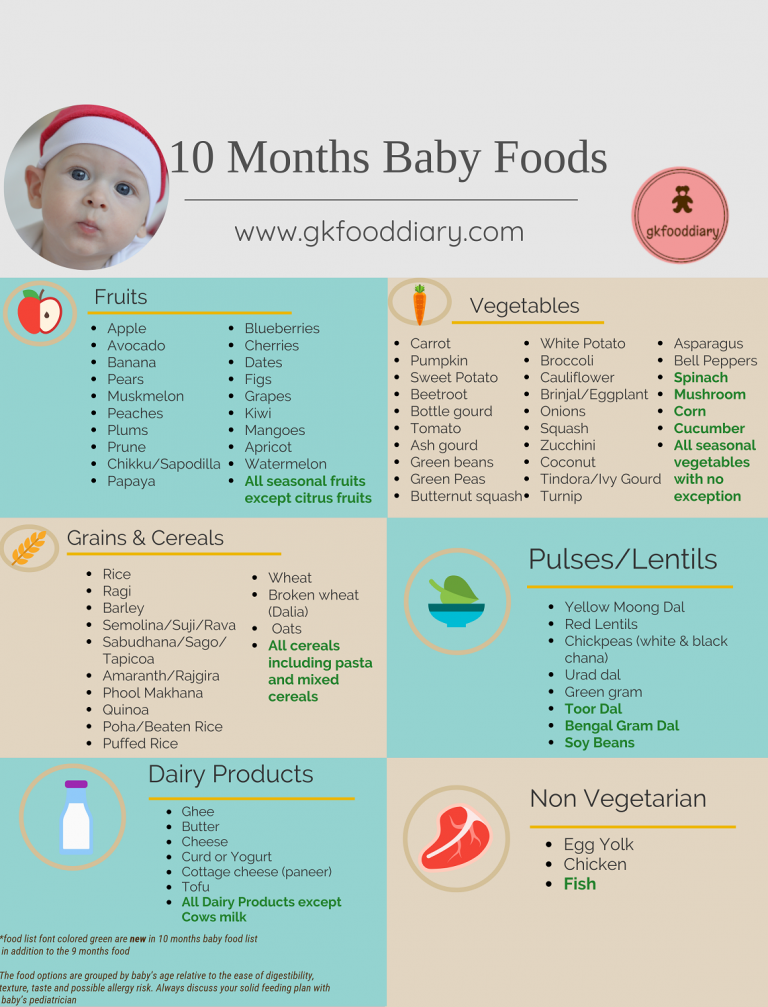 All you have to do now is serve the food and clean the high chair!
All you have to do now is serve the food and clean the high chair!
Stage 1 (4 to 6 months): What you need to know
The fun begins! Stage 1 baby food is typically for babies who are between the ages of 4 months and 6 months. But as with all things parenting-related, it’s important to keep in mind that each baby is different, and there’s no hard and fast rule for starting solids.
“While the AAP recommends exclusively breastfeeding from birth to age 6 months, it’s important to remember that not every baby is exclusively breastfed,” says Dr. Zulma Laracuente, a pediatrician in Alexandria, Louisiana. “Also, some babies show signs of readiness to start food earlier than others. You know your baby best.”
Solids that fall under the Stage 1 category are thin and smooth in texture — not much thicker than breast milk or formula — and contain a single ingredient. If you’re making your baby’s food at home, make sure it’s blended to an almost-watery puree.
“Stage 1 baby foods should have no chunks whatsoever,” says Jenifer Thompson, registered dietician and advanced practice dietician at Johns Hopkins in Baltimore. “Formula or breast milk can be added to the purees to make them thinner.”
“Formula or breast milk can be added to the purees to make them thinner.”
While there’s no specific food parents need to start with, many pediatricians recommend beginning with iron-rich foods, such as iron-fortified cereals or pureed meats.
“The reason we advise introducing solids at 6 months and starting with iron-containing foods is because iron stores that were built up during pregnancy are depleting, and iron is important for infants’ brain development,” says Dr. Melanie Custer, a pediatrician at Deaconess Clinic in Evansville, Indiana.
Custer also says that babies should “absolutely not” decrease their breast milk or formula when they first start off with solids.
“Infants still should receive 24 to 32 ounces of formula or breast milk each day,” she says. “Solids at this point are more of a snack, with baby eating about 3 to 4 tablespoons once or twice a day.”
How to tell your baby is ready for Stage 1
According to Treegoob, here are the signs your baby is prepared to start Stage 1 foods:
- They’re showing an interest in what family members are eating.

- They’re learning to open their mouths for a spoon.
- They’ve outgrown the involuntary habit of pushing food and spoons out of their mouth with their tongue.
- They have steady head control.
- They have the ability to move food from a spoon to their throat and swallow without choking.
Stage 2 (6 to 9 months): What you need to know
Time to mix it up! While Stage 2 solids are still basically mush, food has a little more texture at this point, as well as a few soft chunks.
“Stage 2 baby foods are thicker in consistency than Stage 1 purees, and many of the jars you find in stores have some small mashable bits in them,” says Treegoob. “These are great for infants who have done well with Stage 1 but who are not quite ready to chew. The typical age for Stage 2 is between 6 to 9 months.”
Treegoob also notes that the 7 to 9 month time frame is also when many babies begin modifying their breast milk or formula intake.
“As long as an infant’s weight remains on track and they’re drinking enough to stay hydrated, there isn’t a reason to worry if baby is showing interest in smaller or less frequent bottle or breastfeeds,” she says. “Infants typically take in somewhere between 24 to 32 ounces a day when they’re between 6 to 9 months.”
“Infants typically take in somewhere between 24 to 32 ounces a day when they’re between 6 to 9 months.”
Whether you’re making your little one’s food on your own or getting it pre-made at the store, you have a little more room to play once you hit Stage 2.
“In addition to being thicker in consistency, Stage 2 foods usually have multiple ingredients, including some spices,” says Custer. “At this point, baby is usually taking in more food than they were in Stage 1, so it’s important to make sure they’re being introduced to a wide variety of foods from different food groups.”
According to the AAP, babies should be eating about 4 ounces of solids — about one small jar of baby food — at each of their meals.
How to tell your baby is ready for Stage 2
Once your baby has consistently been eating Stage 1 foods, they’re likely ready for the next step. Here are other signs to look for, according to Thompson:
- Their oral skills are continuing to develop.
- They’re consistently taking food in and swallowing when you offer it (and not spitting it out).

Stage 3 (9 to 12 months): What you need to know
Now, the true culinary adventure begins — Stage 3 foods! While some babies will still happily have mom and dad spoon-feed them mashed food at this age, many babies will have what you’re having at this point — and they’ll do it themselves, thank you very much.
“As soon as we thought he was ready — at about 9 months — we started giving my son softer, cut-up versions of whatever we were having for dinner,” says mom of two Jennifer Reilly, of New York City. “There was more cleanup, but I actually got to sit down and eat my meal!”
Once babies hit the age range for Stage 3 foods, most have the oral and fine motor skills to self-feed.
“Between 8 to 12 months, babies develop the pincer grasp ability and should be able to pick up small pieces of finger foods with their finger and thumb and bring it to their mouth,” says Thompson.
Technically speaking, Stage 3 solids are thicker, more sophisticated versions of the baby food your little one has already been eating (think vegetable and beef pilaf or tender chicken and stars), but also, they’re not necessary for everyone.
“Stage 3 food is starting to have chunks mixed in, in order to prepare baby for table foods,” says Custer. “But some babies wind up skipping this stage altogether and go straight to soft table foods.”
While it’s perfectly fine to continue with Stage 3 foods up to your child’s first birthday, Treegoob advises letting your baby try their hand at “real food.” “Well-cooked veggies, ripe fruits, shredded meat, scrambled eggs, soft cheese and cooked pasta are all great options for babies this age,” she notes.
Between 9 months and 12 months is also when you’re likely to see a significant drop in how much breast milk or formula your baby is drinking.
“As babies continue to eat table foods, I’ve seen their breast milk or formula intake drop to as low as 16 to 20 ounces per day,” Treegoob says. “That said, some infants continue to show a heavy preference for breast milk or formula despite months of solid introduction. If you feel like your baby may be drinking excessive amounts of breast milk or formula, and they have no interest in food, I would recommend speaking with your pediatrician.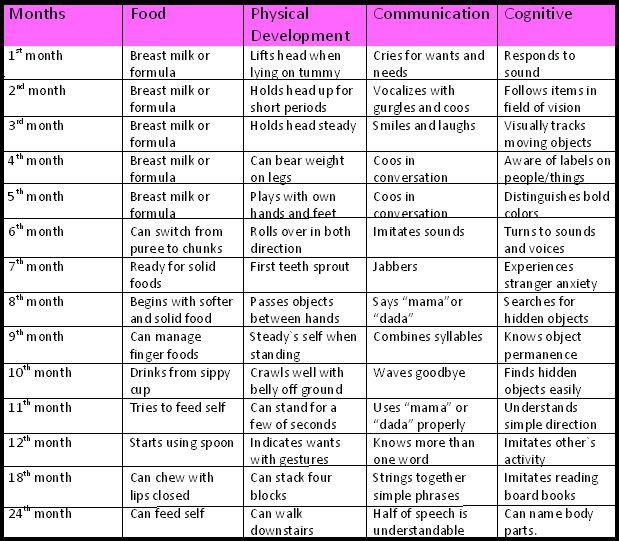 ”
”
How to tell your baby is ready for table food
Your child’s readiness to start table food will likely be more discernible than any other baby food stage. As long as they’re continuing to hone their oral skills, as well as their ability to pick food up and bring it to their mouth, you can count on them to let you know they’re ready for “big kid” food.
“My daughter looked like she was ready for pasta, eggs and basically anything we were eating shortly after she started solids,” says mom of two Julie Cortez of Brooklyn, New York. “We waited until about 8 months, when we knew she knew how to properly eat, and sure enough, she ate her whole plate on the first go! We completely skipped the Stage 3 jars of food.”
Follow these safe feeding must-knows
Even though your baby’s eating skills will continue to progress as they gain more experience, it’s important baby is always sitting upright, strapped in a high chair and never left unattended while eating. Also, make sure table food is always soft and cut into small pieces to avoid choking hazards.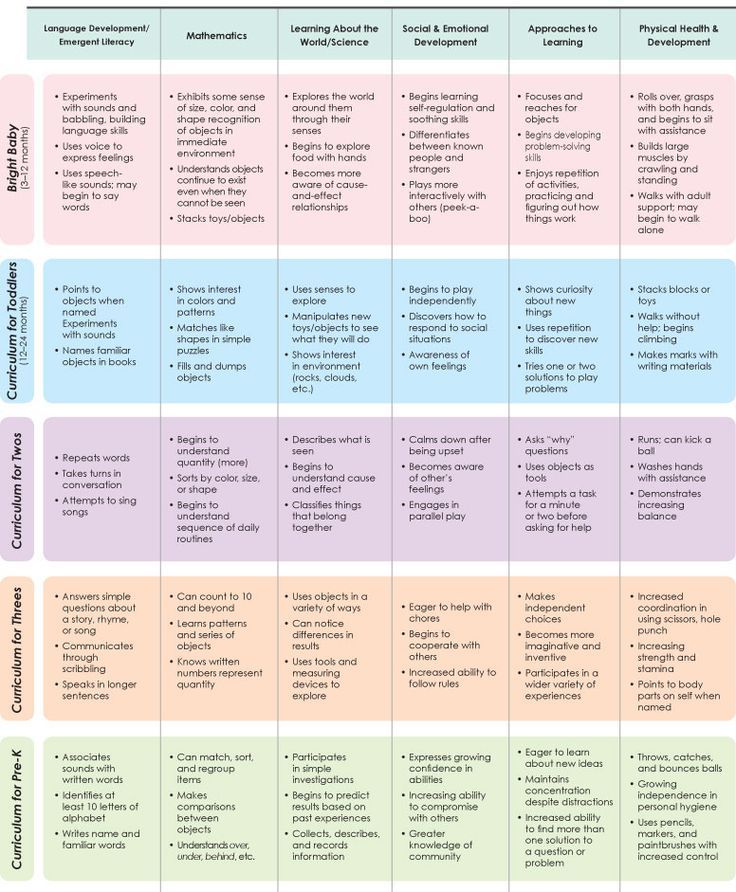 When first starting out with solids, be sure to wait a few days before giving them something new.
When first starting out with solids, be sure to wait a few days before giving them something new.
“This allows for observation for any adverse reaction or intolerance to the new food,” Thompson says.
And finally, be sure to give your baby a wide range of healthy food in order to expose them to a variety of tastes and textures — and don’t be discouraged if they don’t take to a specific food at first.
“If baby refuses a food or makes a strange face when eating, this may simply mean that it is a new food and unfamiliar to them,” Thompson says. “Try again. It may take 10 to 20 exposures of a new food before they accept it.”
Here’s more on every baby food stage:
- Stage 1 baby food.
- Stage 2 baby food.
- Stage 3 baby food.
Guide to Baby Food Stages (Purees and BLW)
Learn everything you need to know about Baby Food Stages in this easy-to-read, comprehensive guide. It explains the different feeding stages, going over what every stage — Stage 1, Stage 2, and Stage 3, Finger Foods, and Baby-Led Weaning — is all about.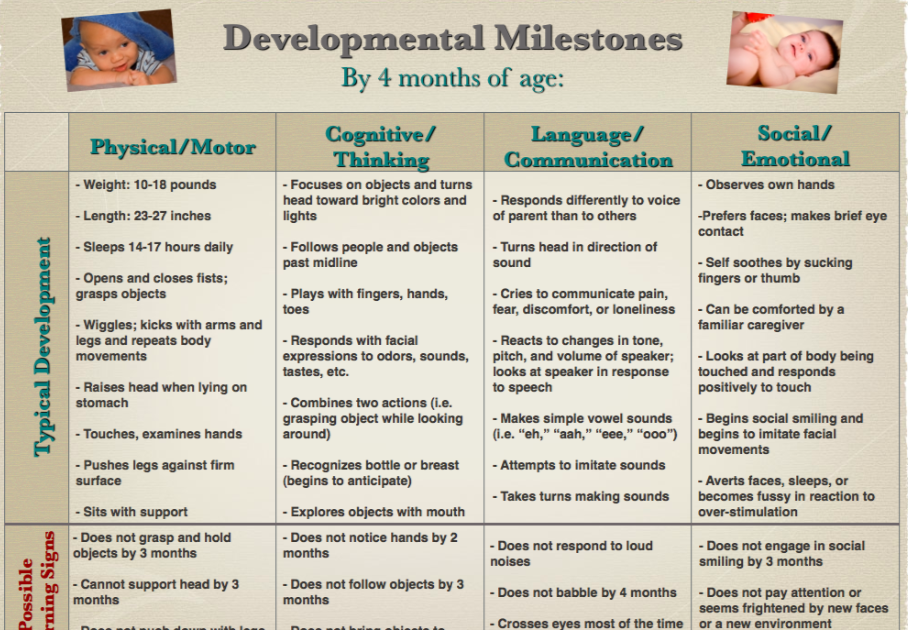
Medically reviewed by Jamie Johnson, Registered Dietitian Nutritionist (RDN)
Baby Food StagesAre you finding the baby food feeding stages confusing?
Well, you are not alone!
Stages 1, 2, 3, table foods, finger foods, baby-led weaning… ahhh… help! What does it all even mean? 🤯
Don’t worry; I’m here for you!
I broke down each stage into an easy-to-digest (pun intended) guide. 👊
What is in this guide:
- Baby Food Ages
- When Can Baby Start Solids?
- Overview: Purees – Stages 1, 2 and 3
- Overview: Baby-Led Weaning or Finger Foods
- Stage 1 Purees
- Stage 2 Purees
- Stage 3 Purees
- Baby-Led Weaning or Finger Foods
Baby Food Stages Video
Watch this video to see how the different baby food stages compare.
Baby Food Ages- Stage 1 Purees: 4-6+ months
- Stage 2 Purees: 6+ months
- Stage 3 Purees: 9+ months
- Finger Foods: 10+ months
- Baby-Led Weaning: 6+ months
When a baby can start on solids is determined by their own rate of development.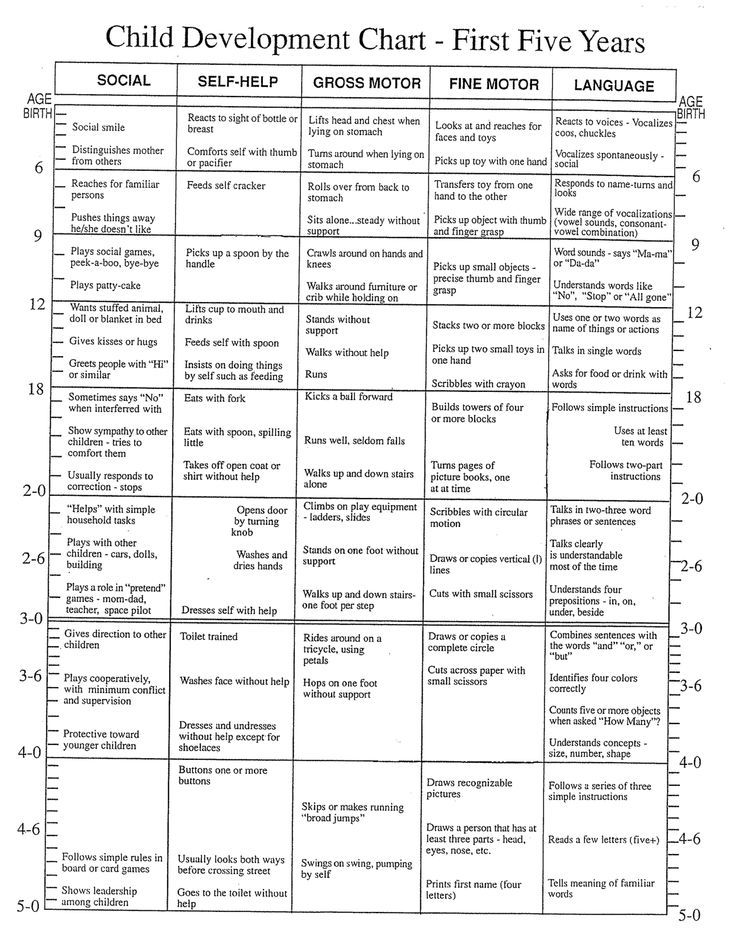 Generally, it occurs between 4-6 months of age for purees and 6+ months for baby-led weaning. Some of the developmental milestones babies need to reach in order to start solids include: if your baby has solid control of their head and neck, if your baby has doubled in weight, and if your baby is reaching for or opening their mouth when you eat (see my guide here). But remember, before you start baby on solids, you should consult with your pediatrician to make sure your child is developmentally ready.
Generally, it occurs between 4-6 months of age for purees and 6+ months for baby-led weaning. Some of the developmental milestones babies need to reach in order to start solids include: if your baby has solid control of their head and neck, if your baby has doubled in weight, and if your baby is reaching for or opening their mouth when you eat (see my guide here). But remember, before you start baby on solids, you should consult with your pediatrician to make sure your child is developmentally ready.
So, to start, Baby Food Purees are grouped into 3 different stages — Stage One, Stage Two, and Stage Three. Without a doubt, they all consist of baby food purees. But they actually range from single-ingredient smooth purees to chunky combination purees filled with soft-cooked foods. Here’s a quick reference:
Stage One- the first stage of feeding
- single-ingredient thin purees
- smooth and easy to swallow
- high chair
- suction bowl
- spoons
- bib with food catcher
- slightly thicker
- combination purees made up of several different ingredients like fruits and vegetables
- may also include yogurt, grains, and proteins
- combination purees with soft-cooked chunks of food
- perfect for babies that need to practice chewing and swallowing foods
First time making homemade baby food? Then, I would suggest that you start by reading my very in-depth Guide on how to Make Homemade Baby Food – which goes over all the important information such as the best cooking tools to have on hand, safe storage, how to know when baby is ready for solids, how to introduce purees, the best first foods for baby, and more! If you are doing Baby-Led Weaning, then be sure to check out my Complete Guide to Baby-Led Weaning – which covers what exactly is baby-led weaning, to every parent’s concern of baby-led weaning and choking, this guide goes over it all.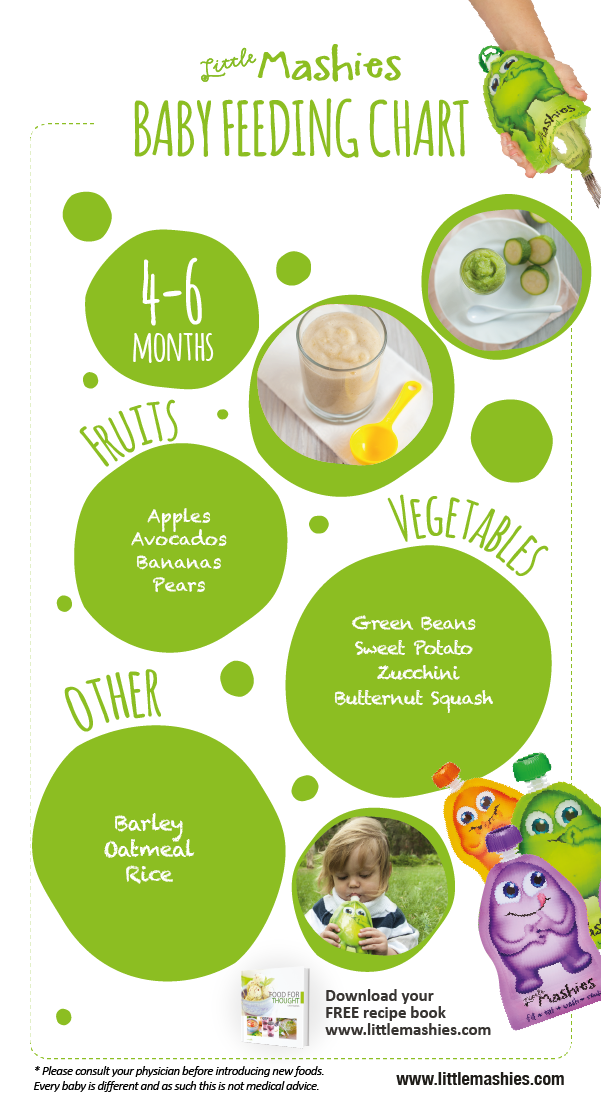 I will also share how to know when baby is ready for BLW, the top 10 best first foods, a helpful sample blw feeding schedule, helpful tools to have on hand, and much much more!
I will also share how to know when baby is ready for BLW, the top 10 best first foods, a helpful sample blw feeding schedule, helpful tools to have on hand, and much much more!
Basically, Baby-Led Weaning and Finger Foods are the same types of food; they’re just served to your baby at different times. Baby-Led Weaning is a newer approach to feeding your baby where you skip the puree stages altogether. Rather, you serve baby chunks of cooked food. Whereas Finger Foods, or sometimes referred to as Table Foods, are typically served to your baby after they master Stage 3 baby food purees.
In short, finger foods are served at 10+ months and baby-led weaning starts at 6+ months.
You can read more here: The Ultimate Guide to Finger Foods for Baby-Led Weaning.
Baby-Led Weaning Products We Love- high chair or clip-on chair
- mat for under high chair
- suction plate
- self-feeding spoons
- long-sleeved bib
Stage 1 baby food is the first type of puree you will be introducing to your baby.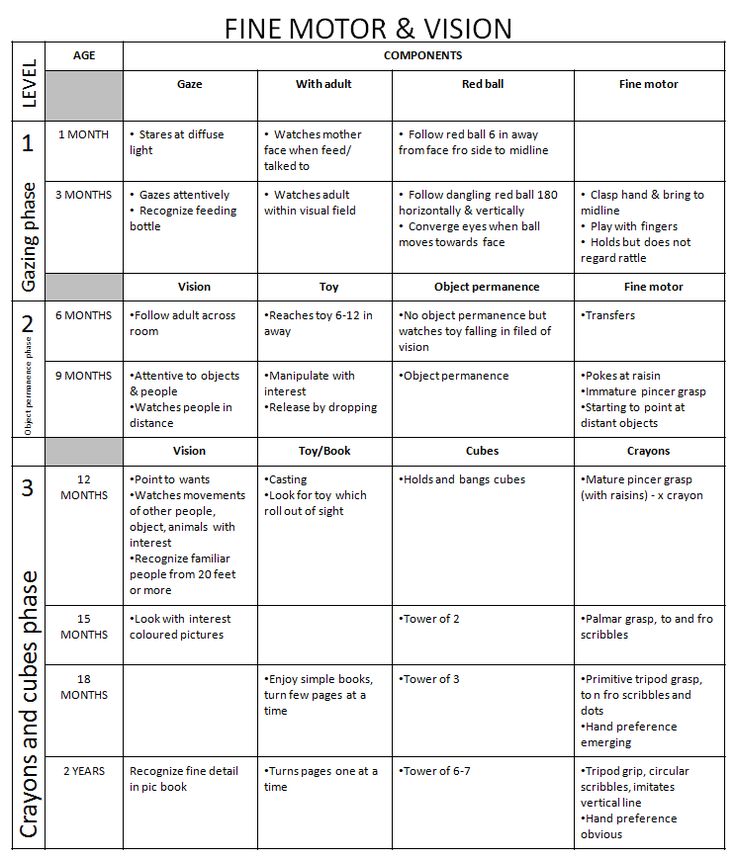 Made with a single ingredient and pureed until smooth, these simple purees are perfect for your budding eater. Besides, they are nutritious and full of flavor!
Made with a single ingredient and pureed until smooth, these simple purees are perfect for your budding eater. Besides, they are nutritious and full of flavor!
- age: 4-6+ months
- single-ingredient recipes
- smooth texture
- can be thinned out (similar to a thick soup but dripping off the spoon)
- first bites can be fruits, veggies, or grain cereal
Here are a few tips:
- first, offer your baby one puree at a time to watch for any allergic reactions
- also, consider offering different colors of food and flavors to start developing their palette
- 15 Stage One Baby Food Purees (4-6 months)
- 4 Homemade Baby Cereal Recipes (4+ months)
- 36 Healthy + Homemade Baby Food Recipes (4+ Months)
Meanwhile, Stage 2 purees will make your baby’s mealtime more exciting with multiple ingredients. This time, you can focus on exposing your baby to various fruits, veggies, grains, and proteins. Plus, you can also add spices and herbs to come up with appetizing and unique flavor combinations.
Plus, you can also add spices and herbs to come up with appetizing and unique flavor combinations.
- age: 6+ months
- combination of multiple-ingredient purees
- smooth texture
- can have a thicker consistency than stage one purees
- great way to expose your baby to a variety of flavors and food colors
- may include plain yogurt, grains, and proteins
- 18 Stage 2 Baby Food Purees (That Baby Will Actually Eat)
- 15 Fast + Easy Baby Food Recipes (made in under 15 minutes!)
- 18 Breakfast Ideas for Baby (6+ months)
In contrast, Stage 3 is full of hearty meals with multiple-ingredient purees plus soft-cooked chunks of food. This stage is all about giving your baby time to learn how to chew and swallow small pieces of soft foods. Then the next step will be finger foods or table foods.
- age: 9+ months
- combination purees and soft-cooked chunks of food
- also a great way to expose your baby to various food flavors and colors
- features wholesome fruits, vegetables, grains, meats, yogurt, even spices
- easy to make — simply pulse your own meal with a blender to turn it into a baby meal
- 18 Stage 3 Baby Food Recipes (Easy, Delicious + Homemade)
As mentioned, Baby-Led Weaning is actually a newer approach to feeding your baby where you skip the puree stages altogether.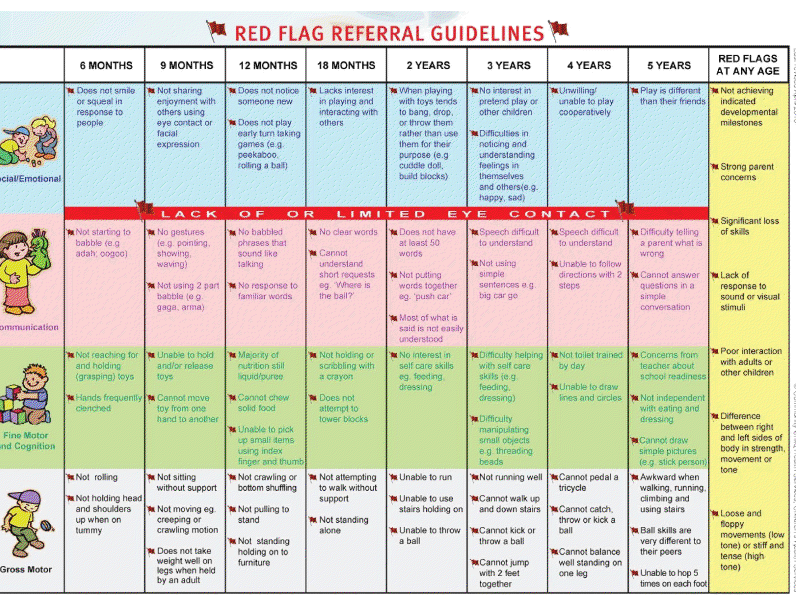 Instead, you serve small chunks or strips of cooked food right from the very start. Ultimately, you would be feeding your baby the exact food you are having at that meal.
Instead, you serve small chunks or strips of cooked food right from the very start. Ultimately, you would be feeding your baby the exact food you are having at that meal.
However, finger foods can be served to your baby after Stage 3.
To sum up, finger foods and the food you serve to baby for Baby-Led Weaning are the same foods. But they are served at different times during your baby’s eating journey. Finger foods are served at 10+ months, while baby-led weaning starts at 6+ months.
If you want to learn more, check out my Ultimate Guide to Finger Foods for Baby-Led Weaning.
- baby-led weaning age: 6+ months
- finger food age: 10+ months
- both include chunks of cooked foods
- can be served in 2-3 inch strips or chopped to pea-sized pieces
Remember, avoid hard foods such as hot dogs, popcorn, dried fruit, nuts, etc., that can be choking hazards.
Baby-Led Weaning (Finger Food) Recipes- 125 Baby Led Weaning Foods (Starter Foods + Recipe Ideas)
- 8 Baby-Led Weaning Meal Ideas for Baby + Toddler
- 6 Baby-Led Weaning Breakfast Ideas
How is baby fruit puree “invented”? Ask FrutoNyanya
Reviewer Kovtun Tatiana Anatolievna
7531 views
September 15, 2021
Login or register to save articles and products to your favorites
Fruit purees are a tasty and healthy treat for both the youngest children and older children. Surely you have often wondered who comes up with combinations of flavors for fruit purees? How to understand if this or that combination is useful? How is puree made? We want to tell you about how baby puree is “invented”, how tastes are tested, recipes are checked, and state certification of products is carried out.
Just imagine! Behind every small jar of fruit puree is a whole team of specialists! These people, doing their job with love and care, help kids to be healthy from childhood.
"We are looking for unique combinations that are balanced in composition and taste"
What is the most important thing in creating a new taste?
As one of the leading producers of the fruit puree market, we have no room for error, because whole generations of small consumers grow up on our purees. Therefore, we pay special attention to the development and creation of each new taste, carefully approaching the choice of ingredients.
The most important thing in creating new tastes is to strike a balance. Fruits and berries should primarily be recommended for very young children and have an interesting flavor profile. So, for example, our “salads” were “born” - a “vitamin salad” made of applesauce, rose hips and cranberries and a “currant salad” based on applesauce, black and red currants.
What are the steps involved in making fruit puree?
First, we are looking for interesting flavor combinations of fruits and berries that are healthy for young children, balanced in composition and taste. Then we start writing the terms of reference for colleagues from the development department. In it, we describe in detail what we want to see. This is a very important document.
Then comes an interesting and pleasant moment - tasting samples of a new product. We evaluate it according to a whole scale of requirements - for taste, color, smell, texture.
The jury includes representatives of the marketing service, the department of quality and new technologies, the department of standardization and certification, production services. So, with a whole team of professionals, we choose the best of the samples. It is he who will go to a new stage of verification at the Research Institute of the National Center for Health Protection of the Russian Academy of Medical Sciences or Rospotrebnadzor.
How is the verification procedure?
The procedure consists of two stages. The first stage is the testing of products for compliance with all mandatory requirements. More than 20 safety and quality indicators are tested. For example, energy value, pH level, sugar content, smell, and texture. An examination of technical documentation is also carried out, and only after that an expert opinion is issued with the full characteristics of the product.
The second stage is directly obtaining the Certificate of state. product registration with Rospotrebnadzor. All samples of the new product undergo thorough laboratory control, and the documentation undergoes a double examination. Data on the state-registered product and its manufacturer are entered in the product register, in plain language, this means that the product has been given the green light and it may appear on store shelves in the near future.
"We test samples of raw materials in our own accredited test center"
A good product comes from good raw materials
How do you check suppliers and their products?
Very carefully. We check samples of raw materials in our own accredited testing center and audit the production facilities of the supplier. Only after successful confirmation of quality and safety, raw materials are transferred to production.
We check samples of raw materials in our own accredited testing center and audit the production facilities of the supplier. Only after successful confirmation of quality and safety, raw materials are transferred to production.
Each batch of ingredients for products undergoes input control for organoleptic (or, if simpler, taste), physico-chemical, microbiological and safety indicators.
What technologies are used to create the puree?
It's very simple: apples are crushed, the pulp is separated from the peel and grains.
If fruit puree is produced from different fruits, then there is a mixing stage, when special pumps feed different purees into containers. After mixing the components, the product undergoes quality control for organoleptic and physico-chemical parameters - whether it is sweet enough, not too sour, whether the color is correct.
Then the puree is heated a little to preserve the nutrients, and is fed to automatic filling machines in glass jars, and then to the automatic packaging machine in cardboard group boxes. The final stage is stacking on pallets and transferring finished products to the warehouse for storage.
The final stage is stacking on pallets and transferring finished products to the warehouse for storage.
Our archive keeps a sample of EVERY batch of product produced throughout its expiration date.
"When introducing a baby to fruit purees, follow the traditional rules for introducing a new product"
How do you choose the right fruit puree for your baby?
After all, fruit purees have many different flavors and interesting flavor combinations.
First of all, you need to consult with a pediatrician. If there are no individual contraindications, then the first choice should be made in favor of single-component, hypoallergenic flavors. Fruit purees from apples or pear puree "FrutoNyanya" (link to pear puree) are perfect - their hypoallergenicity has been proven by a special clinical study at the Scientific Center for Children's Health (NCCH).
A little later, you can start giving the baby FrutoNyanya hypoallergenic prune puree, which will be very useful for babies with a tendency to constipation, or FrutoNyanya juicy peach puree, which contain organic acids and help digestion.
Simple one-component purees from apples, pears, peaches or prunes can be eaten by a baby from the age of 4 months (provided that the doctor has allowed). Multicomponent "salads" - from 5 months (link to salads). But with the introduction of combined fruit purees containing cottage cheese or cream into the diet, you will have to wait up to six months.
Is there a consumption rate?
Because the puree is very tasty, and the baby may want to eat it again and again.
Yes, you are right, do not forget that everything should have its own measure. When introducing a baby to fruit purees, the same rules should be followed as with the introduction of other products.
- Introduce a new product only when the baby is healthy and he is not scheduled for preventive vaccinations.
- Start with ½ teaspoon and preferably in the morning. It is necessary to increase the volume of puree introduced gradually, within 7-10 days.
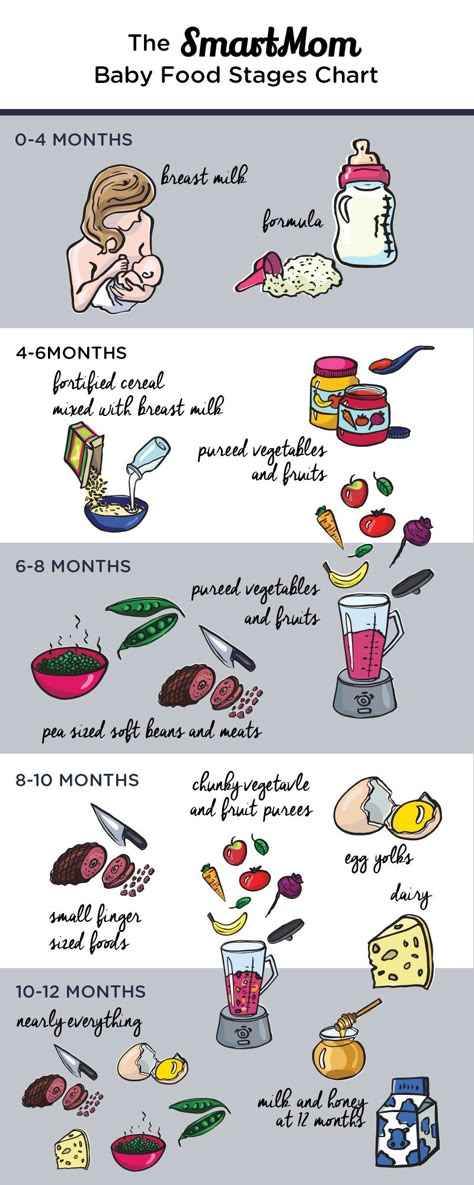
- Be sure to monitor your child's reaction to a new product.
- At the age of 4-6 months - the baby can have from 5 to 60 grams of fruit puree per day, at 7 months - 70 grams per day; at 8 months - 80 grams, and from 9 to 12 months - from 90 to 100 grams.
What is the best time of day to give fruit puree to children?
If this is not the first acquaintance of the baby with fruit puree, then this product can take any place in the daily diet of the child. The daily "norm" can be given during breakfast with porridge, and in the second breakfast, and for an afternoon snack, or it can be divided into two feedings.
For information about age restrictions on the use of FrutoNyanya products, see the individual packaging. Specialist consultation is required. The first choice of products for the first acquaintance with the corresponding category of FrutoNyanya products.
Reviewer Kovtun Tatiana Anatolievna
Scientific adviser to PROGRESS JSC, Candidate of Medical Sciences
All expert articles
How to analyze the state of baby food production
Goods for children are always given increased attention. For the manufacture and sale of baby food, manufacturers must undergo a certification procedure. Analysis of the state of production is the most important component of such a procedure, which is necessary to confirm the compliance of manufactured products with the requirements of regulatory documents. 9only under development and not yet operational. To date, manufacturers use other regulatory documents that must comply with baby food.
For the manufacture and sale of baby food, manufacturers must undergo a certification procedure. Analysis of the state of production is the most important component of such a procedure, which is necessary to confirm the compliance of manufactured products with the requirements of regulatory documents. 9only under development and not yet operational. To date, manufacturers use other regulatory documents that must comply with baby food.
The main ones are three technical regulations of the Customs Union: TR CU 021/2011 "On food safety", TR CU 033/2013 "On the safety of milk and dairy products" and TR TS 022/2011 "Food products in terms of their labeling ". To confirm the compliance of baby food with the requirements of these documents, it is necessary to carry out the procedure for declaring the conformity of products. The validity period of the document depends on the chosen declaration scheme, but cannot be more than 5 years.
In addition, there are standards for certain types of products:
- GOST R 54628-2011 “Products for baby food.
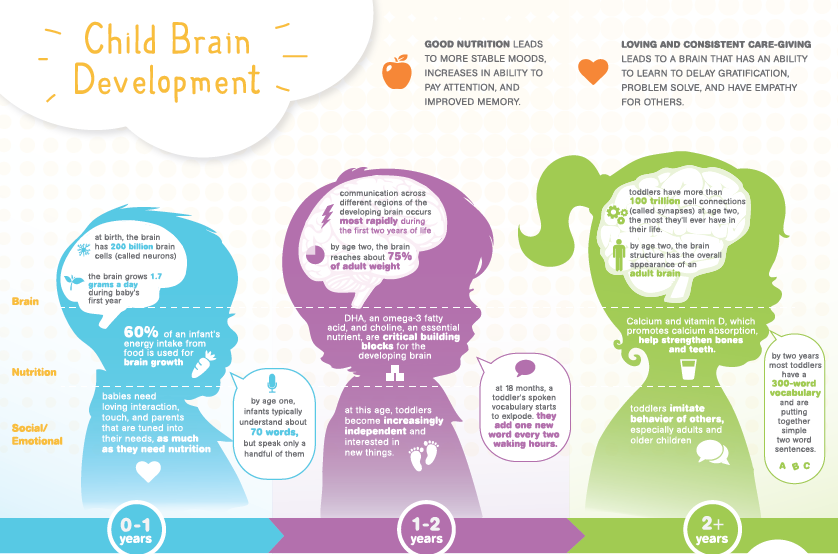 Canned meat. Puree for feeding infants. Specifications";
Canned meat. Puree for feeding infants. Specifications"; - GOST 32218-2013 “Fruit-based canned food for feeding young children. General technical conditions”;
- GOST 30626-98 “Dry dairy products for baby food”;
- GOST 30545-2015 "Meat and meat-containing canned food for feeding young children";
- GOST R 57150-2016 "Canned poultry meat for feeding young children";
- GOST 34423-2018 "Chopped sterilized canned meat and vegetables for feeding children over three years old";
- GOST 33633 "Butter for baby food";
- GOST R 52474-2005 “Canned food. Juices, nectars and cocktails for the nutrition of young children”;
- GOST 31801-2012 “Canned meat (class A). Meat puree for children” and many others.
In order to confirm the compliance of products with the requirements of these standards, it is necessary to undergo a voluntary certification procedure.
Regulatory documents for the analysis of the state of production of baby food
To analyze the state of production of baby food, the following regulatory documents are used:
- sanitary and epidemiological rules and regulations SanPiN 2.
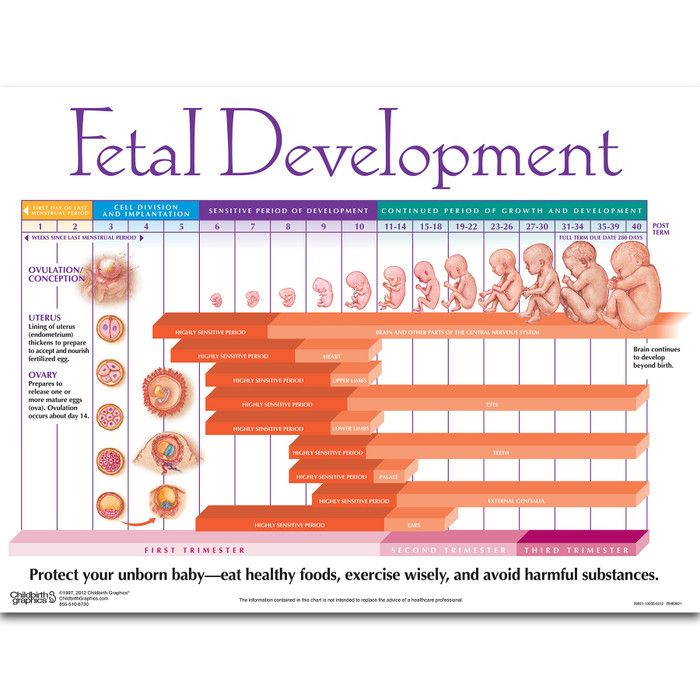 3.2.1940-05 "Organization of baby food";
3.2.1940-05 "Organization of baby food"; - VNTP 12-92 KD "Temporary norms for technological design of enterprises for the production of canned food for baby food";
- GOST R 54293-2010 "Analysis of the state of production when confirming compliance";
- GOST R ISO 22000-2019 “Food safety management systems. Requirements for organizations involved in the food production chain.
Baby food production facility must comply with several regulations
What are the requirements for the production of baby food
The above regulations impose certain requirements for the production of baby food, which are checked during its analysis.
SanPiN 2.3.2.1940-05:
- A list of raw materials and components with certain parameters that cannot be used for the manufacture of baby food is specified.
- Provides a list of chemicals and ingredients that must not be contained in prepared baby foods.
- Mineral salts and vitamins are indicated, which are recommended for use in the production of baby food.
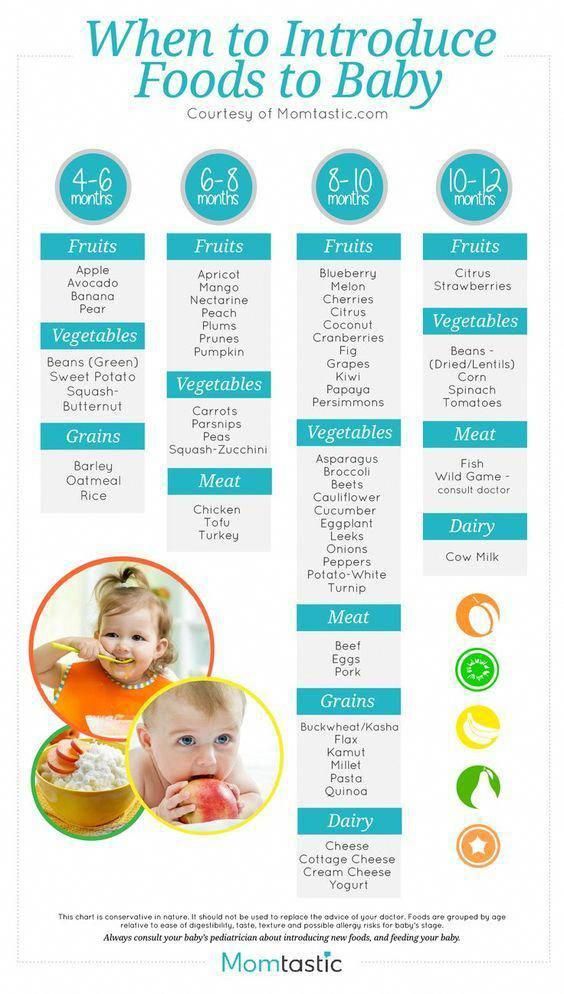
- Provides labeling and packaging requirements for baby foods.
- Lists the general requirements for the equipment and processes by which products are manufactured.
- Specifies the processes that are checked when organizing a system for monitoring the quality and safety of children's food.
- Provides requirements for industrial premises, water supply and sewerage.
- V VNTP 12-92 KD:
- The basic principles of organizing the production of canned food for baby food are given, including requirements for containers for transportation, storage and packaging, production and storage facilities, used raw materials.
- Specifies the requirements for technological processes and equipment for the manufacture of food products.
- Provides requirements for safety and industrial sanitation, water supply, sewerage, heating, ventilation, electricity and air conditioning.
- Specifies the requirements that manufacturing laboratories must meet.

The main provisions of the program for the analysis of the state of the production of baby food
The program for the analysis of the state of the production of baby food includes the following steps:
 At this stage, the controlled parameters of raw materials and semi-finished products, the volume, frequency and methods of their control, fixing the results of the input control of products and identifying their status are analyzed to prevent inappropriate raw materials from entering the production.
At this stage, the controlled parameters of raw materials and semi-finished products, the volume, frequency and methods of their control, fixing the results of the input control of products and identifying their status are analyzed to prevent inappropriate raw materials from entering the production. According to the results of the analysis of the state of production, one of the decisions is made:
- production complies with the requirements of regulatory documents;
- establish deadlines for the development and implementation of corrective actions to eliminate identified nonconformities;
- suspend permits for the production of baby food.
